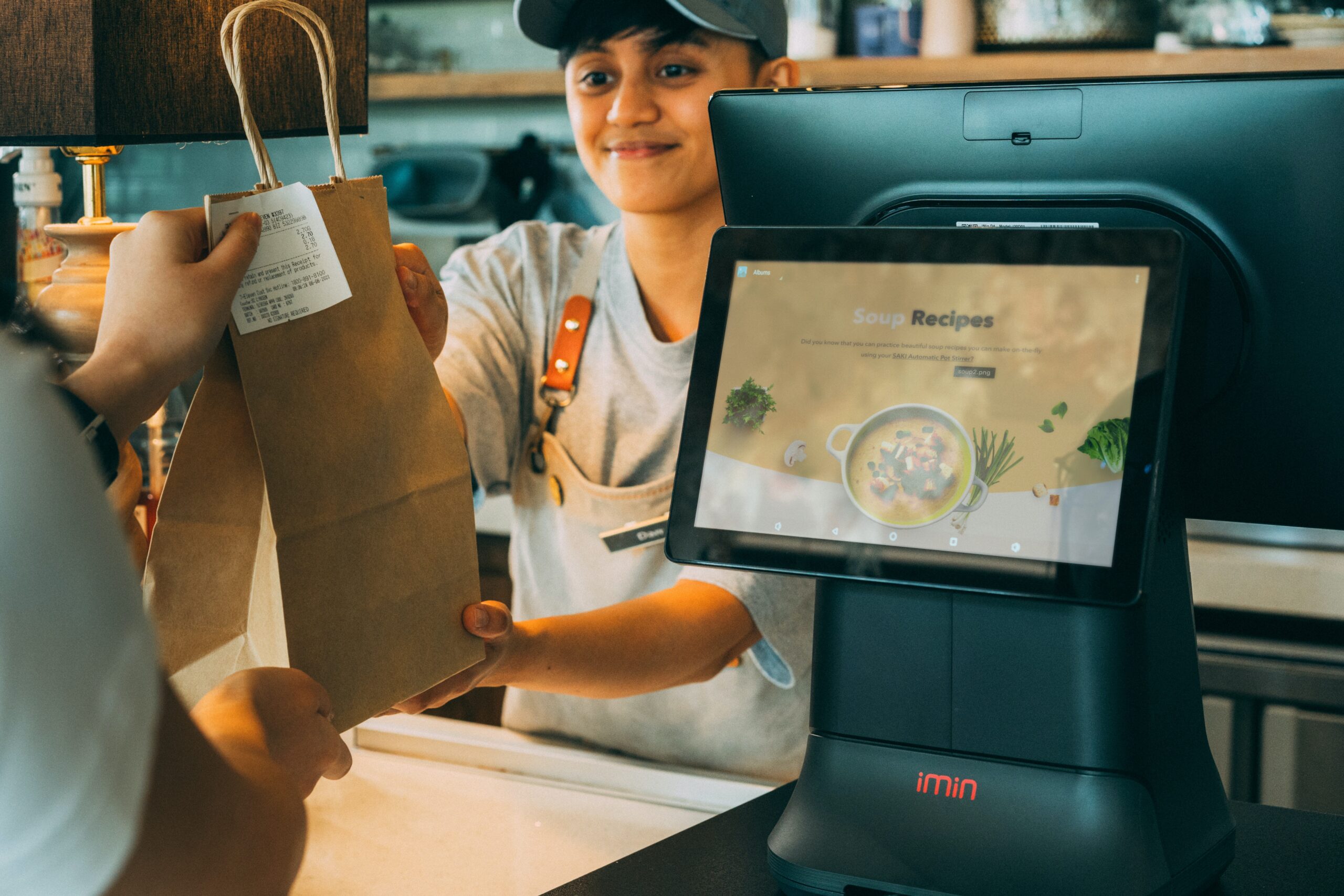Photo by Romain Dancre on Unsplash
Franchising is a significant investment and commitment. Taking the time to comprehend and analyze the information in the FDD, especially the financial performance representations in Item 19, can steer prospective franchisees towards a more informed and confident decision.
Understanding Item 19 of a Franchise Disclosure Document (FDD)
Today, potential franchisees are equipped with a comprehensive tool to help them make informed decisions: the Franchise Disclosure Document (FDD). Of the 23 items found in the FDD, Item 19 holds particular significance. This section, often termed the “Financial Performance Representations,” offers prospective franchisees insight into the financial performance they might expect from their investment.
The Importance of Item 19
When an individual contemplates investing in a franchise, understanding the potential return on investment is paramount. The FDD is designed to provide prospective franchisees with a transparent look into the operations, requirements, restrictions, and background of the franchisor. Among these, Item 19 plays a pivotal role in shedding light on the potential earnings of a franchise unit.
Content of Item 19
While franchisors are not mandated to provide financial performance representations, if they choose to include this information, it must appear in Item 19. Here, the franchisor can present information about a franchise unit’s sales, profits, gross income, or other financial metrics. The data may be based on the average performance of all franchise units or a subset, such as top-performing units.
Furthermore, franchisors can choose the type of data to present, whether it’s system-wide averages, figures from company-owned outlets, or data segmented by geographical location or unit size. Some franchisors might present a range, offering both the highest and lowest performing units’ data.
It’s imperative to note that any representation made in Item 19 must have a reasonable basis. Moreover, franchisors are required to provide certain supporting details, such as:
* The time span the data covers.
* The percentage of franchises that achieved the stated results.
* Any disclaimers or assumptions used.
Interpreting the Data
Item 19’s data can provide a valuable glimpse into potential earnings, but it’s crucial to approach it with caution. Here are a few considerations:
* Historical Data: Ensure that the information is based on actual, historical data, not projections.
* Breadth of Data: Averages might be skewed if based on a limited number of units.
* Location and Size: Recognize that the performance in one location or size might not translate directly to another.
* Operational Costs: Revenue data doesn’t account for expenses. High gross sales might not necessarily mean high net profits.
* Footnotes and Disclaimers: Always read the fine print to understand any conditions or variables.
A Critical Evaluation Tool
In essence, Item 19 serves as a critical tool for potential franchisees. While it might not provide a full financial picture, it can offer a foundational understanding of potential returns. Like any investment, thorough research and consultation with financial advisors are key. Dive deep into the FDD, and utilize Item 19 as a starting point to ask more detailed questions and gauge the franchise’s potential profitability.
Remember, franchising is a significant investment and commitment. Taking the time to comprehend and analyze the information in the FDD, especially the financial performance representations in Item 19, can steer prospective franchisees towards a more informed and confident decision.
Always ensure to cross-reference with updated resources and consult with professionals when making financial decisions.
========================================================
This article was researched, developed and edited with the support of AI










